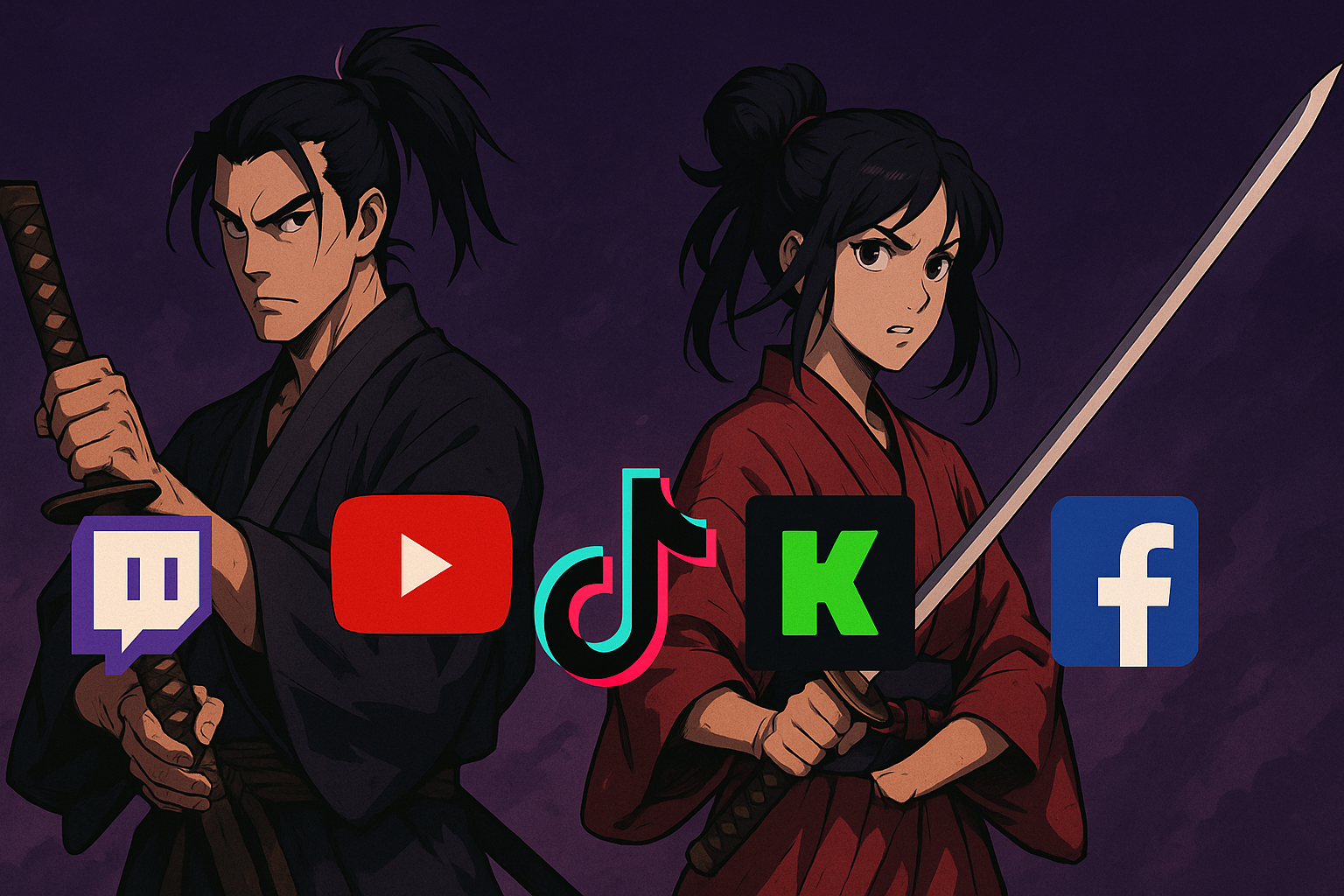
Streaming yourself watching anime sounds like fun, right? If you’re a content creator or streamer, you might wonder whether you can broadcast anime episodes or movies on platforms like Twitch, YouTube, Kick, Facebook Live, or TikTok. The short answer: it’s generally not allowed due to copyright laws. However, each platform has its own policies, enforcement systems, and a few loopholes (like watch parties or commentary) that you should know about.
In this blog, we’ll break down each platform’s rules in plain English – no complex legal jargon – and give examples of what’s happened to streamers who tried streaming anime. We’ll also explain terms like DMCA, Content ID, and copyright strikes in simple terms, and talk about how anime companies (Crunchyroll, Toei, Aniplex, etc.) typically respond to unauthorized streams. Let’s dive in!
Table of Contents
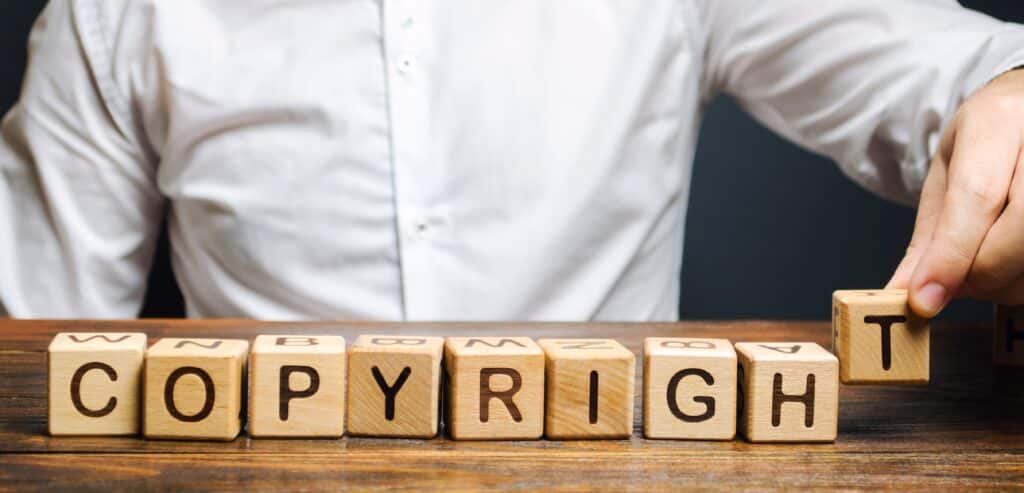
Understanding Copyright and DMCA in Streaming
Before we go platform-by-platform, here’s a quick overview of why streaming anime you don’t own can get you in trouble. Anime shows are protected by copyright, which means the creators (or license holders) control how those videos are distributed. In the United States (and many other countries), there’s a law called the DMCA (Digital Millennium Copyright Act) that helps copyright owners protect their work online. Under the DMCA, platforms like Twitch, YouTube, etc. must remove copyrighted content if the rights owner asks (via a “DMCA takedown notice”), or else the platform could be held liable.
In practice, this means if you stream an episode of a copyrighted anime without permission, the anime’s owner (say, Toei Animation or Crunchyroll) can send a complaint to the platform. The platform will then take down your stream/VOD and likely issue you a “copyright strike” or penalty. A copyright strike is basically a formal warning on your account for copyright infringement. Each platform has its own rules about strikes, but usually if you accumulate three strikes, your channel or account can be permanently banned. It’s serious business – multiple popular platforms use this “3 strikes and you’re out” rule.
What about Fair Use?
In some cases, using short clips for commentary or reviews might be legally protected as fair use (in the U.S.) or fair dealing (in some other countries). But fair use is not a guaranteed defense in live streaming, and platforms often err on the side of caution by removing content if a copyright owner objects.
For example, YouTube acknowledges that “not all unauthorized uses of copyrighted content constitute an infringement” and that fair use exceptions exist. However, as a streamer, you shouldn’t assume you’re safe just because you’re adding commentary – many creators have still gotten strikes when showing anime footage, fair use or not. Always remember: if it’s not your content, it’s risky to stream it without permission.
Now, let’s look at each platform and what their specific policies and tools are when it comes to streaming anime.
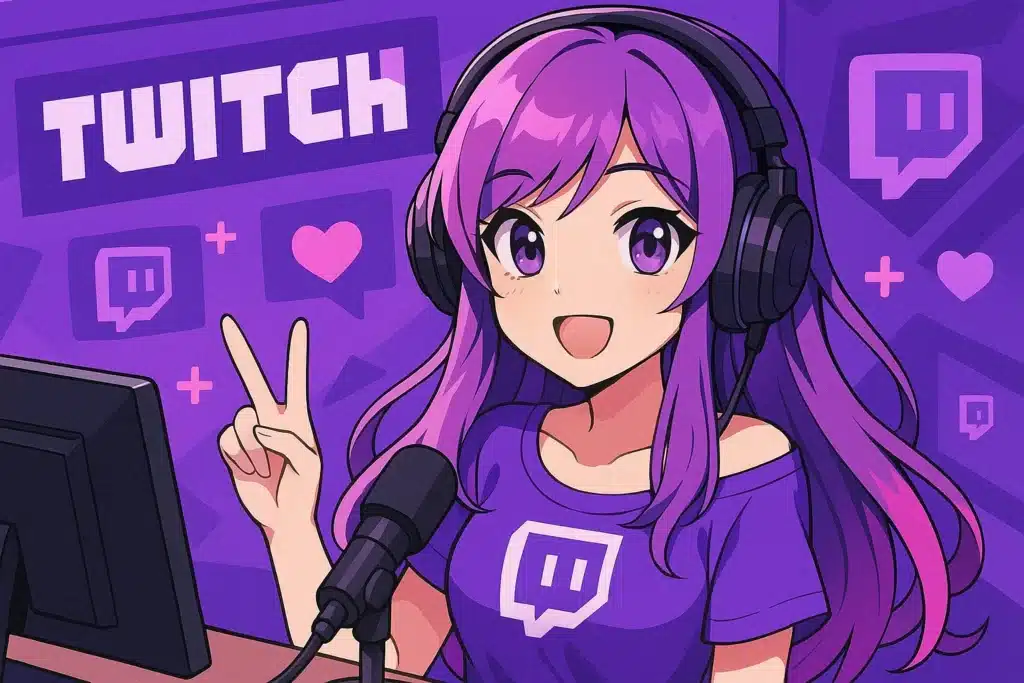
Can you Stream Anime on Twitch?
On Twitch, streaming full anime episodes or movies that you don’t have rights to is not allowed. Twitch’s own terms and community guidelines explicitly forbid sharing copyrighted material without permission. This includes TV shows, movies, and anime. In Twitch’s words: if they receive a valid DMCA notice about your stream, they will issue a DMCA strike on your account and take action. Twitch operates under a 3-strike policy – three confirmed copyright strikes and your channel can be permanently deleted. Even a single strike usually comes with a temporary suspension (ban) from streaming as a warning.
Enforcement on Twitch
Unlike some platforms, Twitch does not have an automatic system that scans live streams for video copyright (they do have some scanning for music in past broadcasts/VODs). Enforcement is mostly reactive, meaning a stream usually only gets taken down if a copyright holder or their agent notices and files a DMCA complaint. This is why some streamers thought they could get away with watching TV shows or anime on Twitch for a while – but eventually, the hammer drops.
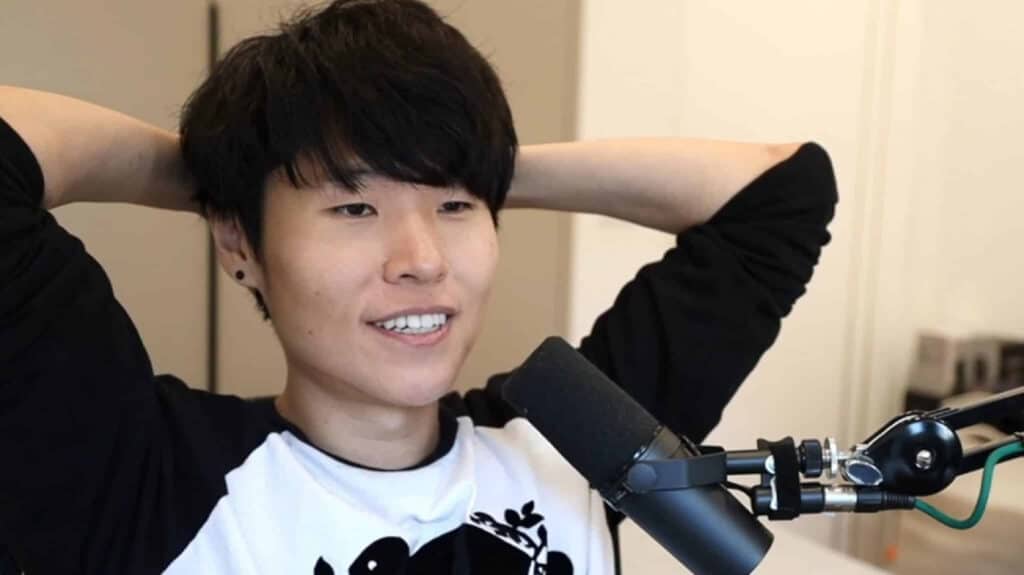
A famous example is streamer Jeremy “Disguised Toast” Wang, who in early 2022 tested the limits by streaming the entire Death Note anime on Twitch. He actually managed to stream it over two weeks before Twitch took action, illustrating how slow reactive enforcement can be. However, once the violation was confirmed, Twitch issued him a DMCA strike and a temporary ban. He later revealed he did it to warn others, as he ended up with a strike despite the delay.
Another high-profile case was Pokimane, one of Twitch’s biggest streamers. In January 2022 she hosted a live watch of Avatar: The Last Airbender (an animated series) to ~25,000 viewers. Her stream was abruptly taken down mid-episode and her channel received a 48-hour ban, almost certainly due to a DMCA claim by ViacomCBS (the owner of Avatar).
This incident kicked off what the community dubbed the “TV Meta,” where several streamers were watching TV shows (anime, cooking shows like MasterChef, etc.) on stream. The Avatar ban made it clear that Twitch will remove your stream as soon as a copyright holder issues a takedown request. Twitch confirmed it responds to formal notifications from content owners – in Pokimane’s case, ViacomCBS’s legal team likely filed a complaint that triggered the ban.
How Twitch Handles It
When Twitch gets a DMCA notice, they’ll cut off the stream or delete the VOD, and give the streamer a strike. They don’t usually monitor live content proactively (there’s no built-in Content ID for video), but they do have automated muting for copyrighted music in recorded videos. So, some smaller streamers might have streamed anime for a while without getting caught, but it’s often just a matter of time (especially if you grow your audience or the anime rights holders actively search Twitch).
Twitch has said that with the surge of DMCA notices (especially starting around 2020 with music), they began implementing more tools and warnings – e.g., deleting VODs with music and educating streamers. For video content like anime, though, Twitch is still largely dependent on manual reports. This lag in detection does NOT mean it’s allowed – it just means you might get caught after the fact. And remember, the lack of immediate auto-detection on Twitch isn’t immunity; if anything, it has led some streamers into a false sense of security, only to be hit with strikes later.
What about Watch Parties on Twitch?

For a while, Twitch offered a legal way to watch licensed shows through Twitch Watch Parties, which allowed streamers to co-watch Amazon Prime Video content with their viewers. If an anime was available on Amazon Prime Video, it could be watched this way – legally and in sync, as long as each viewer had their own Prime account. However, Twitch ended support for Watch Parties on April 2, 2024. According to PCMag, the feature was officially discontinued and is no longer available. This means there are currently no officially supported methods to stream anime legally on Twitch, even through co-watching.
The Bottom Line for Twitch
Streaming anime on your Twitch channel (by directly showing the video) is highly likely to get you DMCA’d. Twitch’s policy doesn’t allow it, and several streamers – big and small – have faced bans or strikes for doing so. With Watch Parties now discontinued, there is no safe way to stream anime on Twitch unless you have full broadcast rights, which is extremely rare for individual creators. If you just play an anime episode in full on stream, you’re rolling the dice with your channel’s future.
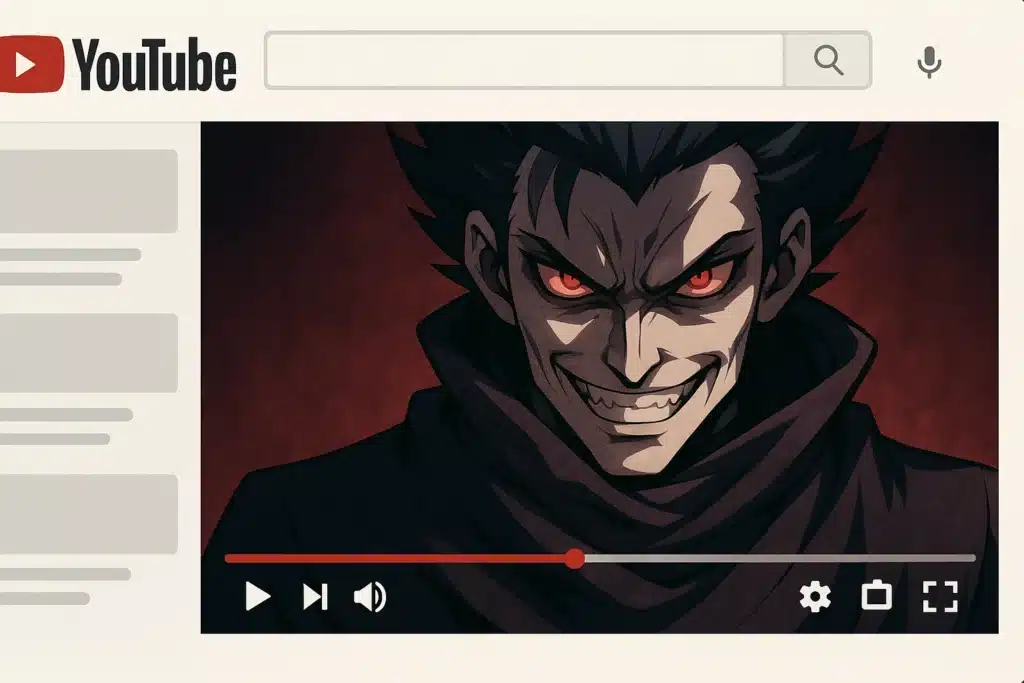
Can you Stream Anime on YouTube?
On YouTube, the rules are very similar: you cannot stream or upload anime episodes/movies you don’t own or have rights to. YouTube’s Community Guidelines and Terms of Service forbid copyright infringement, and they have a very robust system to enforce this. YouTube actually pioneered an automated copyright detection system called Content ID.
Content ID is like YouTube’s copyright robot – it scans videos (including live streams and uploads) to see if they match any copyrighted content that owners have registered. Major anime studios or distributors (like Toei, Aniplex, Crunchyroll/Sony, TV Tokyo, etc.) often have their content in the Content ID database. This means if you try to stream a well-known anime on YouTube, the system might automatically detect it and take action, even if the copyright owner isn’t watching you live.
Enforcement on YouTube
YouTube has two layers of enforcement:
- Content ID claims – If the system detects copyrighted audio/video in your stream, it may immediately flag it. Depending on the rights holder’s settings, the stream/video could be blocked or taken down automatically, or it might remain up but with monetization going to the copyright owner. (Most anime owners will choose to block it outright). In a live stream scenario, Content ID might even terminate your stream in progress if it catches a match. This is why you don’t often see people successfully streaming full anime on YouTube Live; the stream typically gets cut off quickly unless the content is somehow avoiding detection (like heavily cropped, mirrored, or obscured – even then, it’s risky).
- Copyright strikes (DMCA takedowns) – This is the more serious action. If a rights holder manually issues a formal DMCA notice, or if they escalate a Content ID claim, YouTube will give your channel a copyright strike. As mentioned earlier, three strikes within 90 days = channel termination on YouTube. Even a single strike can harm your channel status and restrict features. Strikes require you (the uploader/streamer) to complete a special copyright course and they last for 90 days on your record. Crucially, YouTube’s policy is to side with the copyright owner unless you successfully dispute the claim (e.g. you prove it was fair use or you have permission). This means if Toei Animation or Aniplex files a complaint about your anime stream, that strike is sticking unless you counter-notice and win (which is a legal process and not guaranteed).
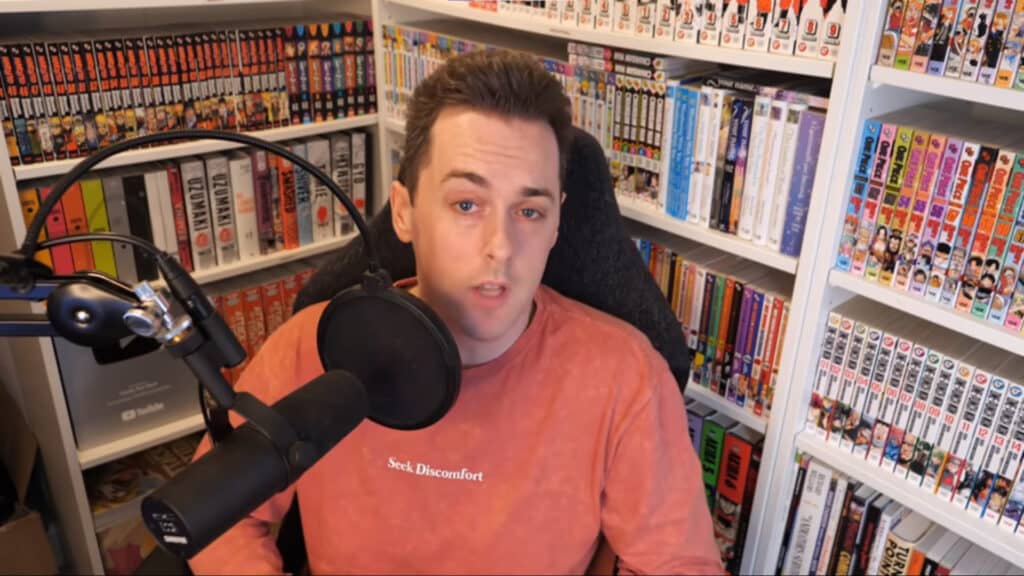
Real-world Examples on YouTube
Many YouTube channels over the years have been struck down for uploading anime. YouTube’s Content ID will often catch even short clips from popular anime. For example, an anime YouTuber named Totally Not Mark became famous in late 2021 because Toei Animation (the studio behind Dragon Ball and One Piece) went on a rampage and filed over 150 copyright claims against his channel.
He was making review videos with anime footage – arguably transformative content – yet Toei still issued takedowns. YouTube initially blocked or removed those videos. In that case, after public outcry, YouTube implemented a new system to spare creators in similar situations, essentially filtering which regions see the blocked content, since Toei was mainly concerned with Japan. Mark got to keep many videos up in some countries.
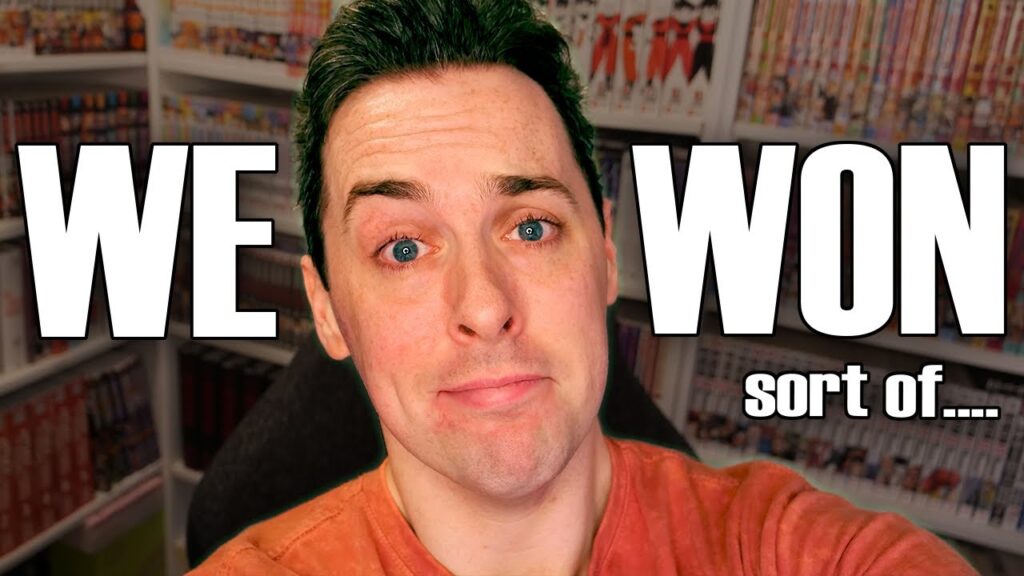
But this was an exceptional resolution after a lot of backlash. The key takeaway is that anime rights holders like Toei are very aggressive on YouTube, and even content that might be fair use can get caught in the crossfire. Another example: channels that tried to stream entire anime series 24/7 (there have been some attempting constant live streams of shows) usually get shut down quickly. Sometimes these rogue streams pop up with clever evasions (like hiding the anime in a small corner or altering the audio), but viewers often report them or Content ID finds them sooner or later. The result is usually a terminated stream and strikes.
YouTube also has a copyright strike system where each strike is reported to you and you have a chance to appeal. But appealing means you’re effectively claiming fair use or disputing ownership, which, if rejected, could lead the rights holder to pursue it legally. Most individual streamers don’t want to fight Toei or Crunchyroll’s lawyers on fair use in court – it’s costly and tough. So practically, if you get a strike for streaming anime on YouTube, you’ll likely have to accept it or delete the content, and hope you don’t get more.
Fair Use/commentary on YouTube
If you want to make anime-related content on YouTube, the safer approach is to heavily transform the content – e.g. use short clips or screenshots and add a lot of commentary, analysis, or parody. Many anime YouTubers do this (blurring footage, adding commentary, using pauses) to try to fall under fair use. Even then, as we saw, it’s not foolproof. YouTube does acknowledge fair use in principle, but in practice the algorithm or the rights holder often decides initially.
If you do a live reaction stream to a new anime episode on YouTube showing the whole thing, that’s very unlikely to be considered fair use because you’re showing it in full, in real time. That’s essentially distributing the episode. A safer way would be a “review stream” where maybe you show only small snippets or still images and mostly talk about the plot – but that might not be as engaging for viewers who just want to watch the anime.
The Bottom line for YouTube
Don’t live-stream full anime episodes on YouTube unless you want strikes. The platform’s Content ID will likely catch you, and anime publishers are quick to issue takedowns. YouTube’s own policies promise to terminate repeat infringers, and they’ve been sued in the past by media companies, so they take it seriously.
If you absolutely want to share anime content on YouTube, consider doing it in a transformative, edited format (and even then, be prepared to dispute claims). But broadcasting an episode or movie in its entirety, even with commentary, is very likely to be removed or earn you a strike.
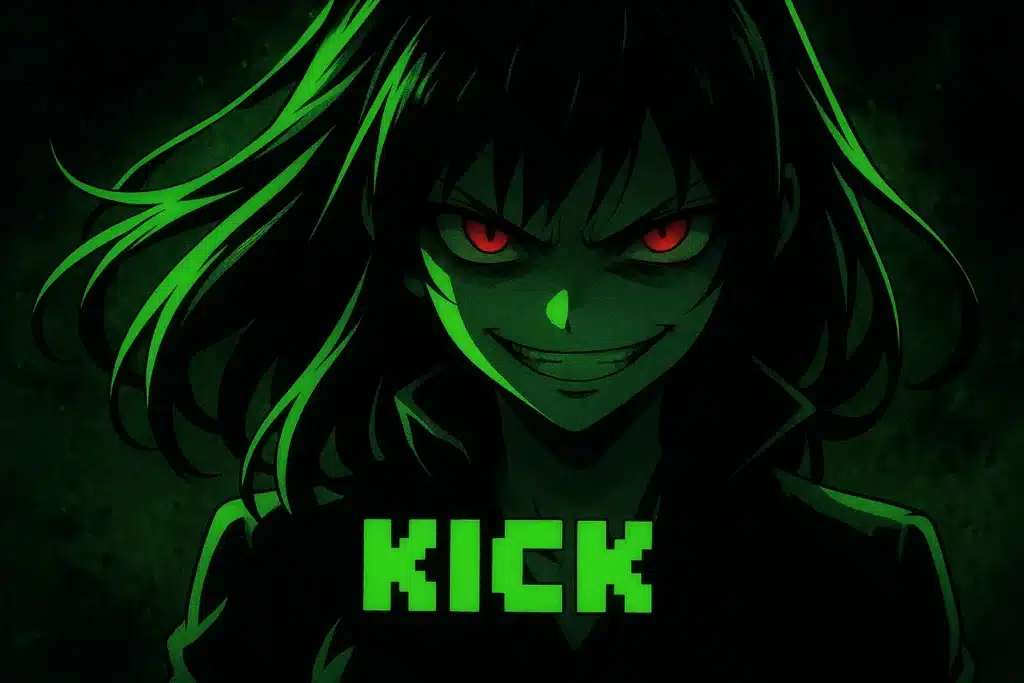
Can you Stream Anime on Kick?
Kick is a newer streaming platform that emerged around 2023, marketing itself as a creator-friendly alternative to Twitch (with looser rules on things like gambling content and a generous revenue split). You might wonder if Kick, being new and “wild,” lets you stream anime freely. The answer: not legally. Kick doesn’t have a sophisticated copyright detection system like YouTube, but it still must follow DMCA law and responds to copyright complaints.
Enforcement on Kick
The big difference is that, as a newer platform, Kick doesn’t yet have a Content ID-style system scanning streams. Enforcement so far seems to be manual. In fact, there was a notable incident involving one of Kick’s biggest streamers, xQc (a former Twitch star who signed a deal with Kick). In mid-2023, xQc pushed the boundaries by streaming content like the movie The Dark Knight and episodes of Breaking Bad on Kick as “movie nights”.
What happened? Kick’s staff and moderators intervened in real time. They gave xQc a warning in chat that what he was doing violated DMCA policy and asked him to stop. When xQc continued with a Breaking Bad watch party, Kick took an unusual approach – they “shadow banned” his stream from the directory, meaning his channel was hidden from the main browsing sections of the site. He was still live, but you could only find the stream by directly going to his channel.
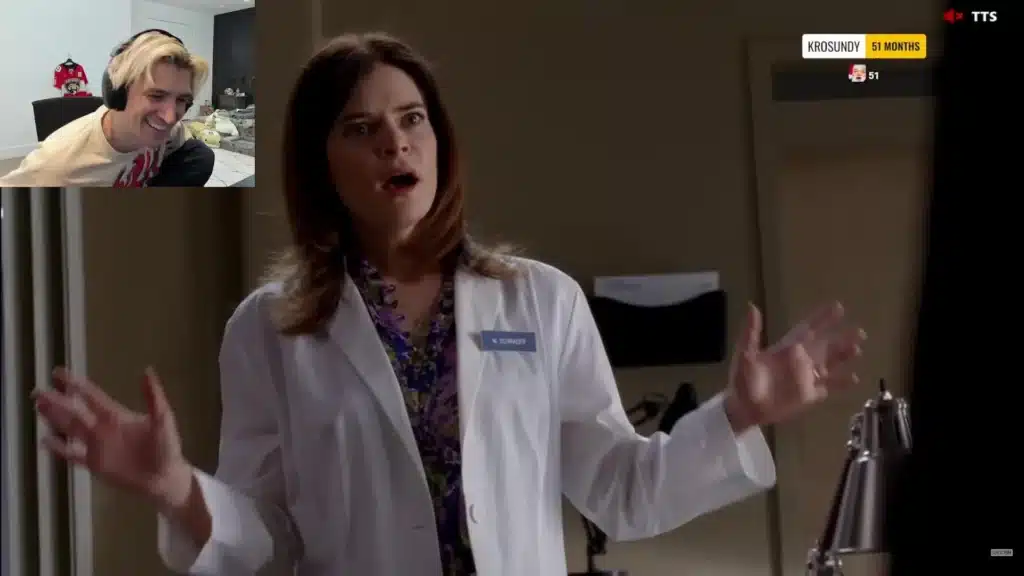
This was presumably to limit visibility so rights holders (like Warner Bros. for Dark Knight or AMC for Breaking Bad) wouldn’t easily stumble on it, and to show that Kick was taking some action. A fellow streamer (MoistCr1tikal) pointed out that Kick likely did this out of fear, acknowledging “they know this can’t fly” if they want to avoid legal trouble.
The xQc case shows that Kick, despite a lax reputation in some areas, is not a safe haven for piracy. They did not say “sure, go ahead, stream whatever.” Instead, they enforced the rules, albeit in a quieter way than immediately banning their star streamer. They eventually made it clear to xQc and others that streaming licensed TV shows or movies without permission isn’t allowed.
If you’re a smaller streamer on Kick and try showing anime, you might not get an instant algorithmic takedown, but if the content owner finds out, they can send Kick a DMCA notice. Kick would then be legally obliged to remove your stream or VOD and could suspend or ban you. In their DMCA policy, Kick even says they may terminate accounts of repeat infringers
The Bottom Line for Kick
Practically speaking, no – it’s against the rules and law. The perception is that Kick is more permissive (indeed, some creators moved to Kick thinking they can watch TV shows with fewer consequences). It’s true that you might get away with it a bit longer on Kick due to lack of automated detection, but that’s a gamble. It only takes one complaint. And keep in mind, anime companies are vigilant. If a Kick stream with anime gets popular, word could reach the rights holder quickly. Also, Kick’s moderation team might step in even without a formal complaint if they spot it (as they did with xQc).
Unless Kick someday offers a legitimate “watch party” integration or secures rights to certain content, you should treat anime the same way you would on any platform – assume it’s off-limits to stream in full. It’s not worth risking your new Kick channel on the hope that nobody notices. Kick’s own community would likely report blatant piracy as well, since it could threaten the platform’s reputation and legal standing.
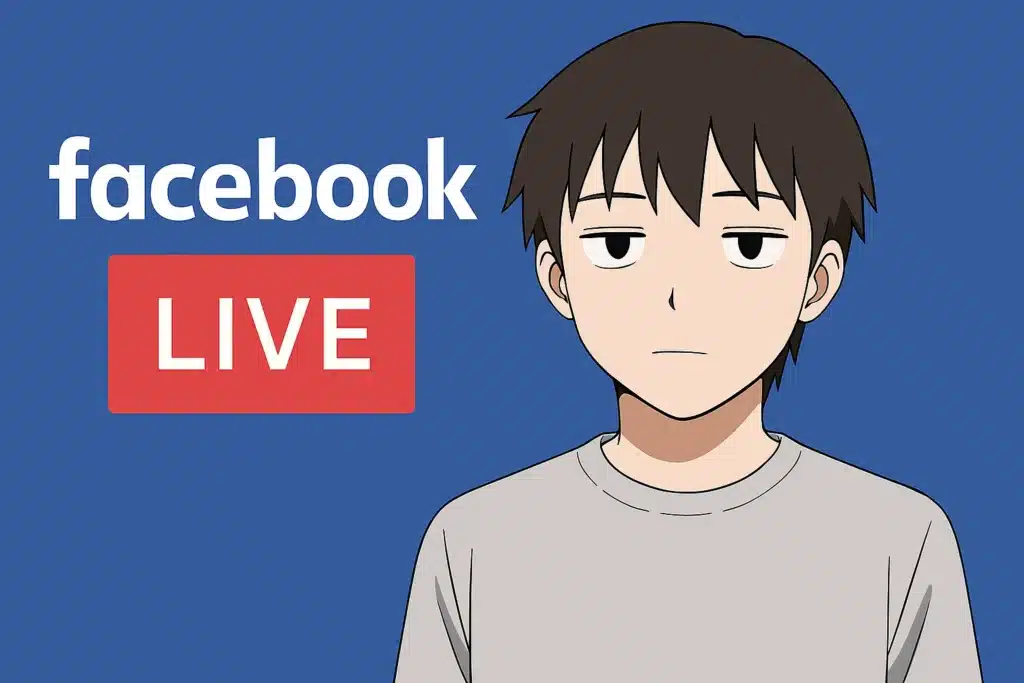
Can you Stream Anime on Facebook Live?
Facebook Live (and by extension, other Meta platforms like Instagram Live) also prohibits streaming content you don’t have rights to. Facebook’s policies state that you should only post content that you created or have permission for.
In terms of copyright enforcement, Facebook might not be the first platform you think of for live streaming TV or anime, but it definitely has had issues with people using Facebook Live to broadcast movies, sports, and shows. Anime episodes would fall under the same protection.
Enforcement on Facebook
Facebook actually developed its own content matching system called Rights Manager. This is essentially Facebook’s version of Content ID. It allows rights holders (like movie studios, TV networks, or anime distributors) to upload reference video clips. If you try to live stream that content, the system can detect it and automatically take action.
According to a Polygon report, when Facebook Live started to become popular, Facebook knew piracy would be an issue and launched Rights Manager in 2016. For example, a big movie studio can preload the movie’s footage into Rights Manager; then if someone tries to point their camera at a screen and stream that movie, Facebook can identify it and send a DMCA takedown in real time. In one case, a person live-streamed a new movie from a theater and an anti-piracy team plus Facebook’s tools caught it during the act. The stream was stopped and the person got in legal trouble.
What about anime? If companies like Crunchyroll or Funimation (Sony) are proactive, they could use Rights Manager to track popular anime. It’s unclear how many anime studios actively use Facebook’s system, but given that pirated anime streams have appeared on Facebook in the past, it’s likely major titles are covered.
Even without automated detection, Facebook will respond to DMCA notices just like any platform. They have a whole help center on copyright and a system to file reports. If your live video gets reported for copyright, Facebook might cut the stream and later notify you that it was removed for IP violation.
The Bottom Line for Facebook
Don’t use Facebook Live to broadcast anime episodes or any copyrighted show. The platform has tools to catch you, and they actively remove infringing streams. It’s essentially the same risk as YouTube.
If you want to discuss an anime on Facebook, consider not showing it directly – maybe do a live discussion with the camera on you, and use vague references or short clips at most (even that is risky). But streaming a full video is asking for a DMCA notice. Facebook wants to “ensure content creators are only streaming what they have rights to,” much like Twitch and others
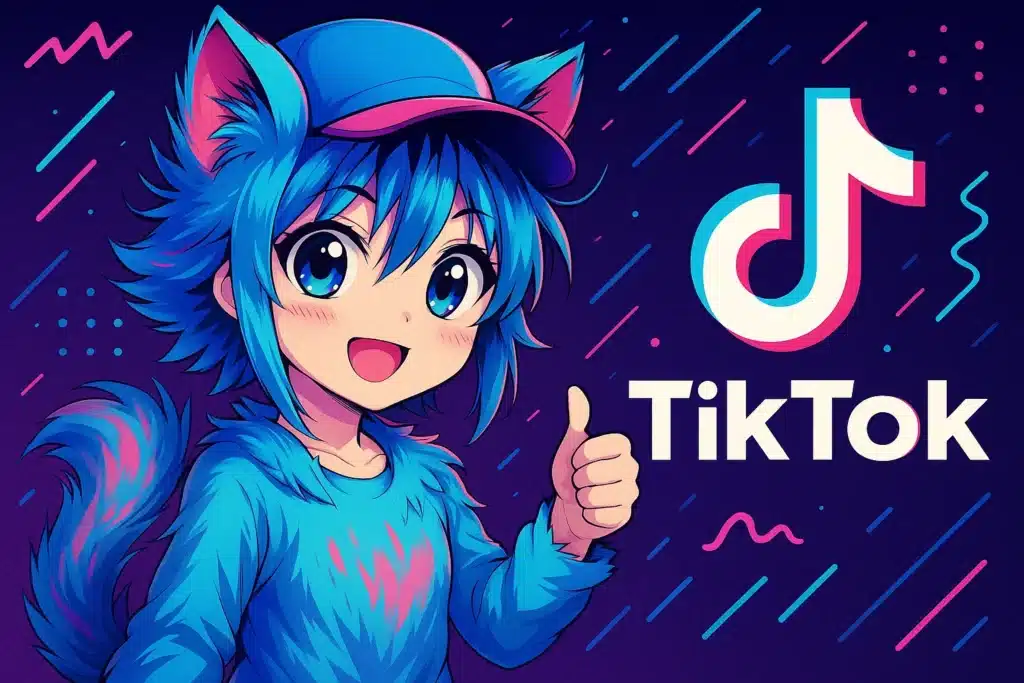
Can you Stream Anime on TikTok?
ikTok might seem like a different beast – it’s known for short clips, and you might have seen TikToks with anime scenes set to music or even people doing mini-episodes across several parts. However, TikTok’s official policy is clear that copyrighted content you don’t own isn’t allowed.
TikTok’s Intellectual Property Policy explicitly says: “We do not allow any content that infringes copyright. The use of copyrighted content of others without proper authorization or legally valid reason may lead to a violation of TikTok’s policies.”. So whether it’s a 15-second clip or a 10-minute live segment, if it’s not yours, it’s technically against the rules.
Enforcement on TikTok
TikTok has some automatic detection for music (they have a huge library of licensed music for creators to use; if you use an unlicensed song, often TikTok will mute or remove the video). For video (like anime footage), TikTok is improving its detection as well. They use a mix of user reports and automated systems. If you upload an anime clip, it might not get flagged immediately, but if it gains traction or if the anime owner searches for their content on TikTok, you could get a takedown.
TikTok also complies with DMCA notices – they have a web form where copyright owners can request removal, and TikTok will take content down and possibly ban repeat offendersTikTok has some automatic detection for music (they have a huge library of licensed music for creators to use; if you use an unlicensed song, often TikTok will mute or remove the video). For video (like anime footage), TikTok is improving its detection as well. They use a mix of user reports and automated systems.
If you upload an anime clip, it might not get flagged immediately, but if it gains traction or if the anime owner searches for their content on TikTok, you could get a takedown. TikTok also complies with DMCA notices – they have a web form where copyright owners can request removal, and TikTok will take content down and possibly ban repeat offenders.
TikTok Live
TikTok Live (streaming in real-time on TikTok) is usually used for vlogging, chatting, talent shows, etc. Streaming an entire episode of anime on TikTok Live would be difficult (also because TikTok lives are often watched on phones vertically, and you’d have to point your camera at a screen or something). Or potentially by using their own streaming software to broadcast your PC.
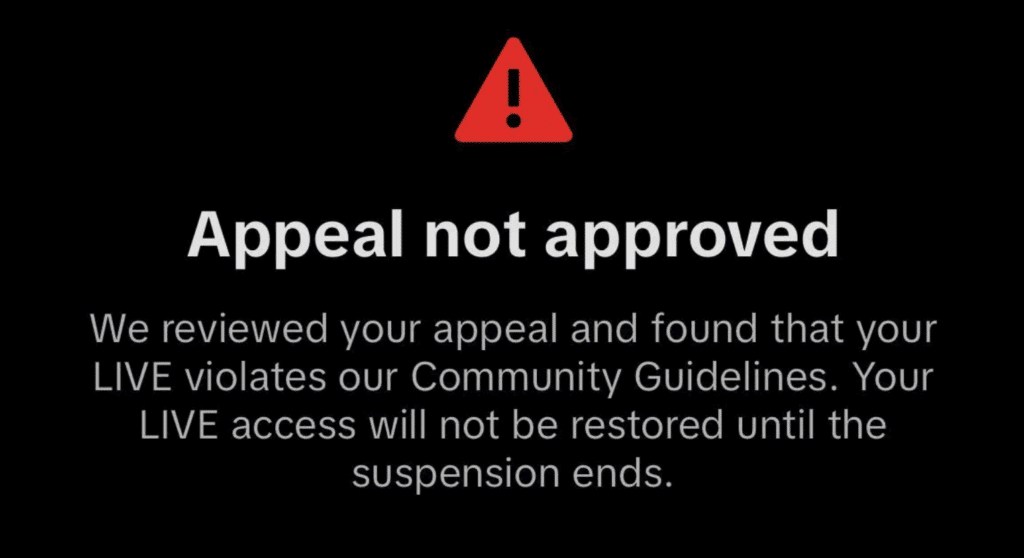
Still, some might try airing anime or other shows on live. TikTok’s community guidelines for Live specifically prohibit “unauthorized streaming… of content which violates someone else’s copyright,” including things like TV shows and films. So if moderators catch you, they can shut down your live session. TikTok has been known to immediately cut off live streams for various policy violations (e.g., community guidelines infractions), and copyright could be one of those triggers.
The bottom line for TikTok
Don’t plan on streaming full anime episodes on TikTok (live or in chunks). Many users have tried to share their favorite scenes or episodes by breaking them into parts; those accounts often get hit with takedowns or the content gets nuked. TikTok’s algorithm and policies are increasingly strict on IP because they want to avoid legal issues as they grow.
As a creator, focus on original content or properly licensed snippets. For example, some anime companies have official TikTok accounts that share clips – stick to watching those rather than reposting. If you do fan edits, be cautious and understand it could vanish any day due to a DMCA complaint.
Tips for Streamers & Final Thoughts
So, can you broadcast anime on these platforms? For the most part, no – not unless you have a proper license or use an approved co-watching feature. Every major platform (Twitch, YouTube, Kick, Facebook, TikTok) has rules against it and systems to enforce those rules. The risk of DMCA strikes and bans is very high.
When in doubt, don’t stream it. As a creator, your channel’s health is more important than that one hype moment of watching an anime finale with your chat. The landscape in 2025 is such that all major platforms are under pressure to enforce copyright law. As fun as it sounds to have an “anime night” on stream, the safe approach is to organize an official watch party with permission or just discuss the show with your viewers. This way you build your community around shared interests without risking a DMCA nuke from orbit.
By understanding each platform’s policies and the aggressive stance of anime rights holders, you can steer clear of trouble and keep your streaming journey viable for the long term. Happy (responsible) streaming!
